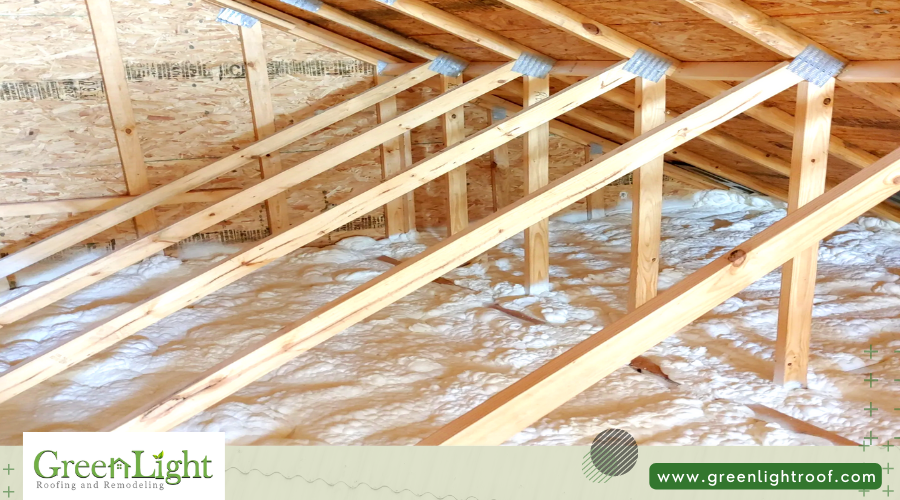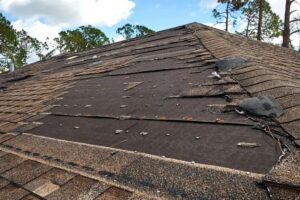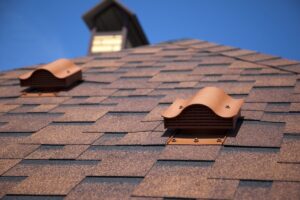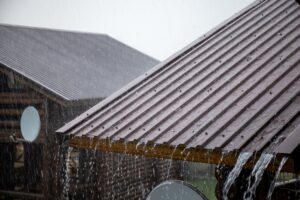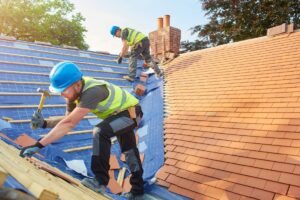As homeowners, we often overlook the importance of attic insulation. However, insulation plays a critical role in keeping our homes comfortable, energy-efficient, and safe. While proper insulation installation is essential, so is removing old or damaged insulation. In this article, we’ll discuss when and how to remove attic insulation, the reasons why it’s necessary, and what you can expect during the process.
Importance of Attic Insulation
Attic insulation helps to maintain a comfortable temperature in your home, reduce energy bills, and protect your roof from damage caused by moisture. Insulation is typically installed in the attic to prevent heat from escaping during the winter and entering during the summer. Good attic insulation also helps to prevent ice dams, which can cause water damage to your roof and walls.
Why Remove Attic Insulation?
While attic insulation is essential, it can become damaged or outdated over time, leading to issues such as poor insulation, mold growth, and fire hazards. Removing old insulation and replacing it with new material can help improve your home’s energy efficiency, reduce the risk of mold growth, and increase your home’s resale value.
Signs Your Attic Insulation Needs to be Removed
It’s important to regularly check your attic insulation for any signs of damage or wear. Signs that your insulation may need to be replaced include:
- Moisture or water damage
- Mold growth
- Rodent or pest infestation
- Unpleasant odors
- Poor indoor air quality
- High energy bills
If you notice any of these signs, it’s best to have your insulation inspected by a professional.
When to Remove Attic Insulation
There are several reasons why you may need to remove your attic insulation. These include:
- The insulation is old or damaged
- The insulation is contaminated with mold or pests
- You are renovating or adding to your home
- You are switching to a different type of insulation
If your insulation is more than 15 years old, it’s a good idea to have it inspected by a professional. They can advise you on whether it’s time to replace it.
Types of Attic Insulation
There are several types of attic insulation, including fiberglass batts, blown-in cellulose, and spray foam. Each type has its pros and cons and should be selected based on your home’s specific needs and budget.
How to Remove Attic Insulation
Preparing for Removal
Before removing your attic insulation, you’ll need to take several precautions to ensure your safety. These include:
- Wearing protective clothing, gloves, and a respirator mask
- Sealing off the area to prevent insulation dust from spreading to other parts of your home
- Turning off the power to any electrical outlets in the attic
Choosing a Removal Method
There are two main methods for removing attic insulation: vacuum removal and manual removal. Vacuum removal uses a specialized machine to remove the insulation, while manual removal involves physically removing the insulation by hand.
Removing the Insulation
Once you’ve chosen a removal method, it’s time to start removing the insulation. If you’re using a vacuum, If you’re using a vacuum, the machine will suck up the insulation and deposit it into a holding container. With manual removal, you’ll need to wear protective gear and use a specialized tool to remove the insulation. It’s important to be thorough in your removal, making sure to remove all of the insulation and any debris left behind.
What to Do After Insulation Removal
After removing your attic insulation, it’s essential to thoroughly clean the area to ensure that all debris and dust are removed. You may also want to consider installing new insulation to replace the old material.
Benefits of Professional Attic Insulation Removal
While some homeowners may choose to remove their attic insulation themselves, it’s often best to hire a professional insulation removal service. These companies have the equipment and expertise necessary to remove insulation safely and efficiently, reducing the risk of injury or damage to your home.
DIY Attic Insulation Removal
If you’re confident in your DIY skills and feel comfortable removing your attic insulation yourself, there are several things you can do to ensure your safety and success. These include:
- Wearing protective gear
- Sealing off the area
- Using the right tools
- Being thorough in your removal
- Properly disposing of the insulation
Conclusion
Attic insulation removal is an important process that can help improve your home’s energy efficiency, protect against moisture and mold, and increase your home’s resale value. By understanding when and how to remove your attic insulation, you can keep your home safe and comfortable for years to come.

